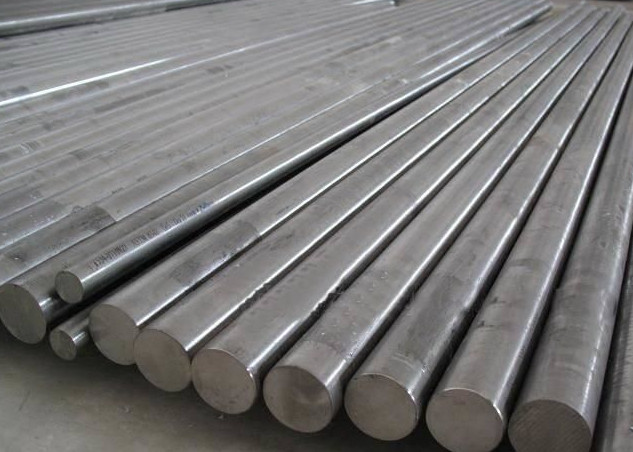New Technology Of Bearing Steel

In order to meet the requirements of high temperature, high speed, high load, corrosion resistance and radiation resistance, a series of new bearing steels with special properties need to be developed. In order to reduce oxygen content of bearing steel, smelting technology of bearing steel such as vacuum smelting, electroslag remelting and electron beam remelting has been developed. The smelting of large quantities of bearing steel has been developed by electric arc furnace melting into various types of primary refining and refining. At present, bearing steel is produced by +LF/VD or RH+ continuous casting + continuous rolling process with capacity over 60 tons, so as to achieve high quality, high efficiency and low energy consumption. In the heat treatment process of bearing steel, a continuous controlled atmosphere annealing furnace is developed by car bottom furnace and bell type furnace. At present, the longest continuous heat treatment furnace is 150m. The spheroidizing structure of bearing steel is stable and uniform, the decarburization layer is small and the energy consumption is low.

Since 1970s, with the development of economy and industrial technology, the application scope of bearings has been expanded. The development of international trade has promoted the development and application of standard internationalization of bearing steel and new technology, new technology and new equipment. The supporting technology and equipment of high efficiency, high quality and low cost emerge as the times require. Japan and Germany have built Gao Jie's clean and high quality bearing steel production line, so that the output of steel has increased rapidly, and the quality and fatigue life of steel have been greatly improved. The oxygen content of bearing steel produced in Japan and Sweden falls below 10ppm. In the late 80s, the advanced level of Shanyang special steel company in Japan was 5.4ppm, which reached the level of vacuum remelting bearing steel.
The contact fatigue life of bearing is very sensitive to the uniformity of steel structure. The contact fatigue life of bearing steel can be improved by improving cleanliness (reducing impurity elements and inclusions in steel) and promoting the fine distribution of non-metallic inclusions and carbide in steel. The microstructure of bearing steel should be tempered martensite matrix with fine carbide particles distributed uniformly. Such an organization can give the bearing steel the required properties. The main alloy elements in high carbon bearing steel are carbon, chromium, silicon, manganese and vanadium.
How to obtain nodular structure is an important issue in the production of bearing steel. Controlled rolling and controlled cooling are important production processes for advanced bearing steel. The net carbide is eliminated by controlled rolling or rapid cooling after rolling, and the appropriate preparation organization is obtained, which can shorten the spheroidizing annealing time of the bearing steel, refine the carbide and improve the fatigue life. In recent years, Russia and Japan have adopted low-temperature controlled rolling (below 800 -850 C), and after rolling, air cooling and short time annealing or completely cancelling spheroidizing annealing process have been used to obtain qualified bearing steel structure. The 650 degree temperature processing of bearing steel is also a new technology. If eutectoid steel or high carbon steel is finely grained or formed fine grains before hot working, it will exhibit superplasticity at a certain strain rate within the melting temperature range of (0.4-0.6). The NSP has conducted a 650 degree temperature test on 52100 steel. It shows that true strain 2.5 does not break at 650. Therefore, it is possible to replace high temperature processing with 650 degree temperature processing and combine with spheroidizing annealing process, which is of great significance for simplifying equipment and process, saving energy and improving quality.
In the aspect of heat treatment, progress has been made in improving the quality of spheroidizing annealing, obtaining small, uniform and spherical carbides, shortening the annealing time or eliminating the spheroidizing annealing process. That is to say, wire rod production has been annealed two times, and the annealing temperature at 720 C -730 C has been changed to 760 degree annealing. In this way, the microstructure with low hardness, good spheroidization and no net carbides can be obtained. The key point is to ensure that the intermediate drawing rate is more than 14%. The process improves the efficiency of the heat treatment furnace by 25%-30%. Continuous spheroidizing annealing technology is the development direction of bearing steel heat treatment.